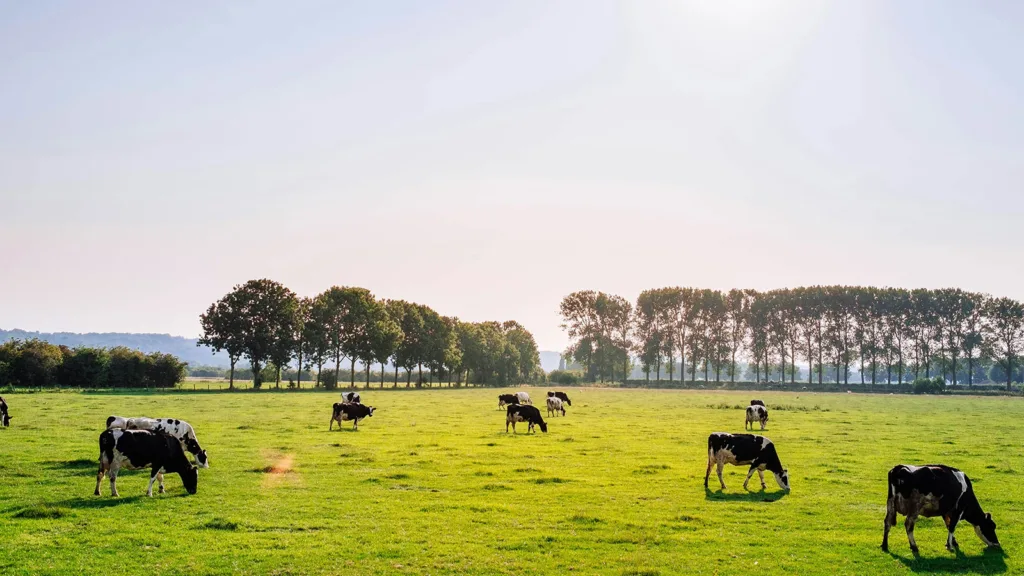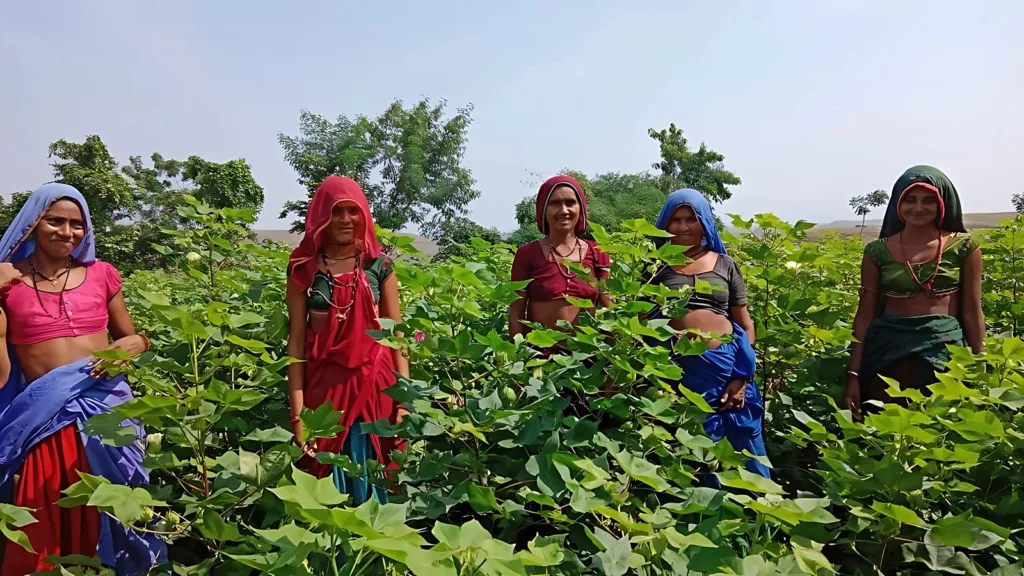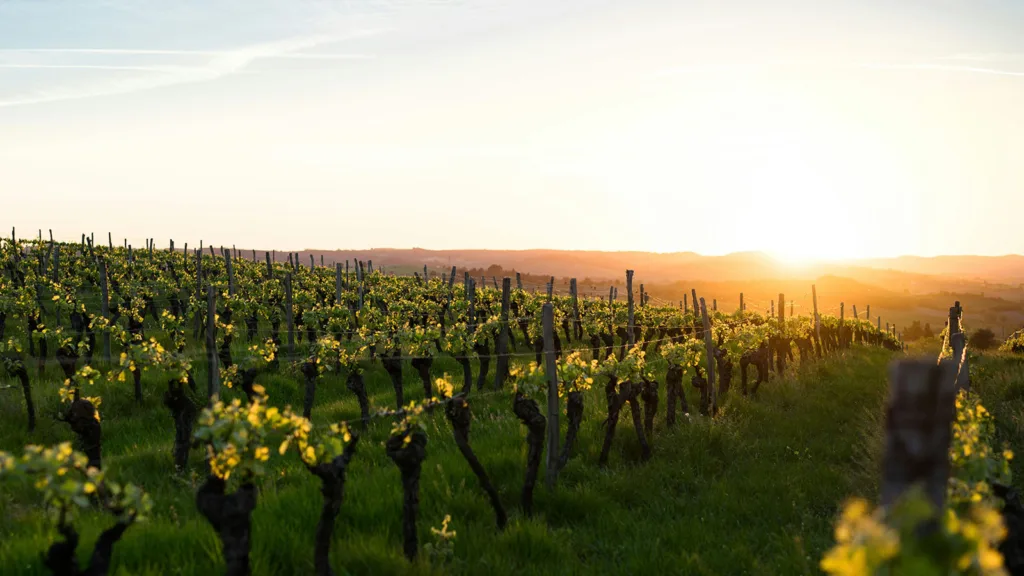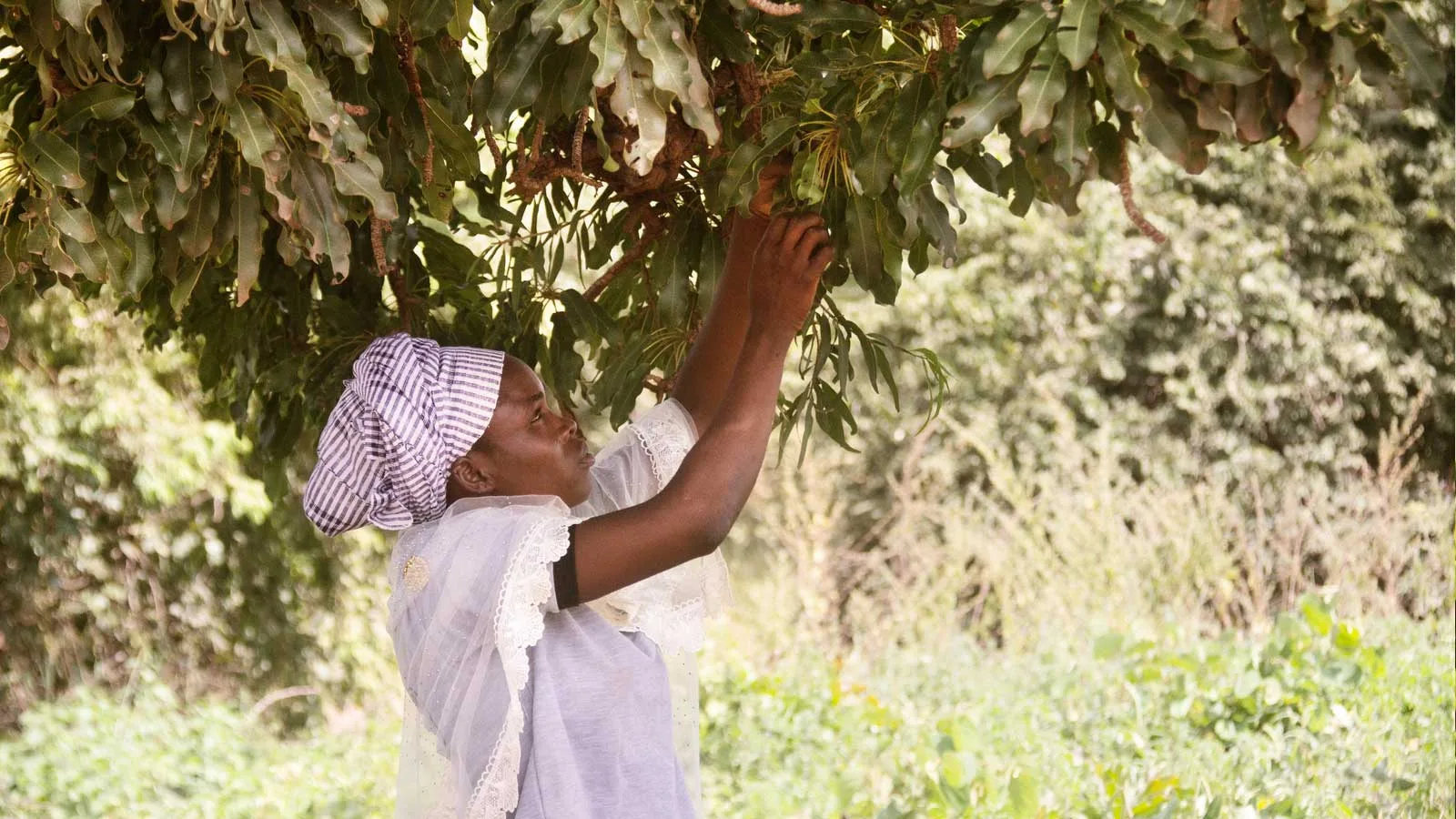This impact story is part of a series featuring companies that are members of One Planet Business for Biodiversity (OP2B)/WBCSD. Through these stories, we aim to showcase our members’ commitment to driving the transition to regenerative agricultural practices, the impact on farmers, and the role OP2B plays in supporting this transformation.
As the beauty and personal care industry faces increasing pressure to drive positive environmental change, L’OCCITANE Group is embracing regenerative agriculture as a key pillar of its sustainability strategy. Through strategic partnerships and a commitment to restoring ecosystems, the company is working to create lasting resilience in its supply chain. Jean-Charles Lhommet, Global Research & Development Director, and Romain Pochet, Agricultural Supply Expert, highlight how L’OCCITANE Group is driving this transformation and contributing to a more sustainable industry through its involvement in the OP2B coalition.
Driving regeneration through data
For L’OCCITANE Group, nature is at the heart of our business model. L’Occitane en Provence’s cosmetics are deeply tied to biodiversity, and regenerative agriculture is the only viable way forward. The power of regenerative agriculture lies in its ability to offer an innovation pathway to transition – moving from one state to another, not forcing a binary choice.
– Jean-Charles Lhommet

L’OCCITANE Group’s engagement with regenerative agriculture began in 2017 with a comprehensive mapping of its raw material footprint. By translating its sourcing into equivalent cultivated surfaces, the company identified 54 key plant species across 18 countries, covering more than 8,000 hectares. Three priority areas emerged: shea butter in Burkina Faso and Ghana (1,000 hectares), coconut in the Philippines (750 hectares), and lavender in Provence (100 hectares). “We now know where to act and how,” says Jean-Charles. “This analysis helped us identify not only biodiversity hotspots, but also where farmers are most vulnerable to climate impacts and economic volatility.”

Based on these insights, L’OCCITANE Group developed in 2021 a regenerative agriculture framework, revised by Livelihoods Funds and 2 other experts, to guide supplier engagement and on-the-ground implementation. This framework includes metrics on soil health, biodiversity, carbon storage, and farmer livelihoods—and is now being used to monitor progress across multiple regions.
Regenerating farms in Provence
Ingredients from Provence, such as lavender and almond, emblematic of L’Occitane en Provence’s identity, are also among the most affected by climate change. Droughts, soil degradation are threatening the future of agriculture in the region. In response, L’OCCITANE Group launched a pilot program in 2021 with 15 farms, experimenting with cover crops, hedgerows, to rebuild soil fertility and habitats. The biodiversity experts co-design practices with each farmer. The goal is to ensure resilience, not just compliance. Therefore, tailor-made solutions are needed. Preliminary results show promising trends.
Women entrepreneurship and stimulating biodiversity in West Africa
In West Africa, the transition is even more ambitious, the social dimension is as important as the environmental one. In Burkina Faso and Ghana, L’Occitane en Provence sources one of its most iconic ingredients: fair trade and organic shea butter from over 6,000 female nut collectors and shea butter producers – organized into cooperatives. The program’s aim is to build a supply chain that supports women as entrepreneurs and stewards of biodiversity. Women trained through the program benefit from higher selling prices, jointly agreed upon each year as part of the fair trade partnership. The aim is to ensure a fair distribution of value across all actors in the value chain.
In 2024, L’Occitane en Provence launched a new tree planting project, named “My Tree”, that adopts a holistic approach to the ecosystem. Structured around three pillars – value chain, governance, and forest management – the project aims to conserve, restore, and/or regenerate 1,500 hectares of shea collection areas linked to the company’s value chain over the next five years. It takes a territorial approach, involving upstream stakeholders and supporting the development of a sustainable model for the collection, processing, and commercialization of shea products.
We’re counting on the progress of the My Tree project to bring us many more shea seedlings… It’s not just for us, but for our children and grandchildren. Because when we protect nature, we’re not doing it for ourselves—we’re doing it for all of Burkina Faso.
– NEBIE Abouma Edwige, President of the Baguiomo cooperative (ZE SE YI SE MO), My Tree project
Regeneration beyond direct sourcing: coconut in the Philippines
L’OCCITANE Group’s approach extends to indirect sourcing as well. Although the company does not purchase coconut oil directly, it has estimated that its coconut oil sourcing through intermediaries is associated with a land footprint of approximately 750 hectares in the Philippines1. Traceability and accountability are key issues to address the associated risks. “We see co-investment as a way to act where we otherwise wouldn’t have leverage.” says Jean-Charles. L’OCCITANE Group has joined forces with local partners to co-invest in a program that supports 2000 smallholder coconut farmers.
Based in the Philippines, this five-year project (currently until 2029) aims to improve the socio-economic sustainability of coconut oil-producing family farming by empowering small producers in the value chain and promoting agroecological practices.
Driving systemic change with OP2B
As a founding member of OP2B, L’OCCITANE Group leverages the coalition not only as a learning platform but as an engine for systemic change. “When we built our framework, we shared methodologies and indicators with other members like Unilever and Danone. This helped align our approaches and push for harmonized metrics across the sector,” Jean-Charles explains.
OP2B also played a catalytic role in shaping L’OCCITANE Group’s agroforestry ambitions. Technical exchanges with Livelihoods Funds and Nestlé, for example, helped refine the shea project’s structure and monitoring. In return, L’OCCITANE Group now contributes its data and lessons learned from the fields in Provence to support EU policy discussions, particularly around the Nature Restoration Law. “We bring evidence from the field—real practices, real numbers,” says Romain.
The coalition’s collective voice has also helped L’OCCITANE Group anticipate regulatory shifts, such as the EU Deforestation Regulation Law. By engaging with OP2B’s working groups on traceability, the company has strengthened its risk mapping tools.
Regenerative agriculture is a critical solution to transform the way we produce food, feed and fiber, benefiting the climate, nature, and people. Over the next years, the OP2B coalition will focus on unlocking three strategic key levers to scale up regenerative agriculture: harmonizing measurement, fostering collaborations to support farmers’ transition, advocating for supportive policies to create an enabling environment.
- The land footprint refers to the ground surface area necessary to cultivate or harvest the plants used to produce raw materials used in products
Outline
Related
Content

More than Milk: How Arla is Supporting a Regenerative Dairy Revolution
24 March, 2025

Field to fashion: Inditex’s India project and the future of sustainable supply chains
14 April, 2025

Pernod Ricard : regenerating local terroirs for a global impact
12 February, 2025
